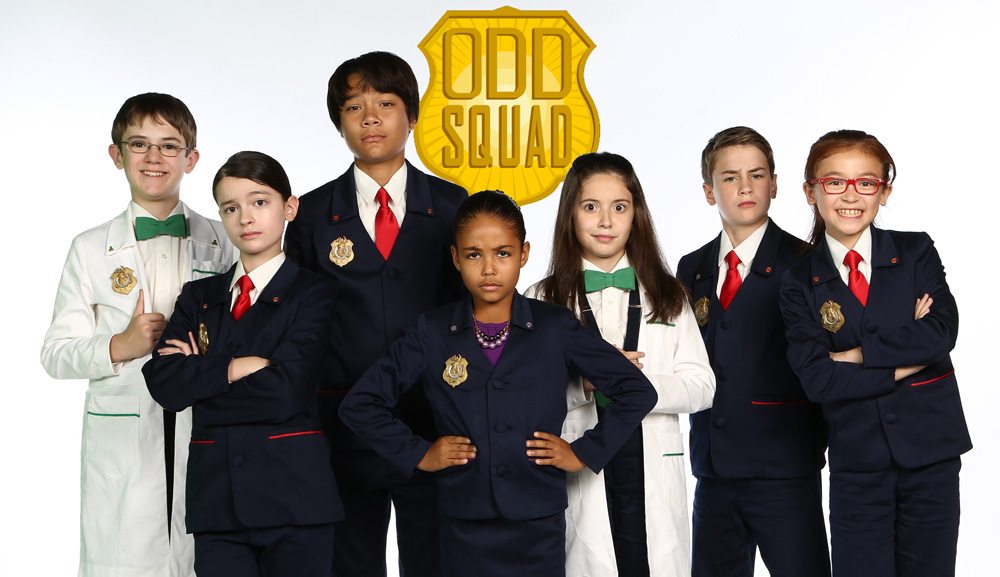It’s been about two years since I cut the cord and left cable behind. Sure, it’s nice to have options, but at the end of the day I just found myself and my family zoning out to random shows and asking why we really need it. In today’s Netflix age, there are a lot of cheaper and immediate alternatives to cable, and, for the many shows I love, I’ve grown used to purchasing them episodically on places like iTunes. It’s much cheaper to curate your TV watching this way. The one thing I really missed, however, was HBO GO, HBO’s streaming app available exclusively to cable subscribers. I knew the day would come, and, finally, this week HBO unveiled HBO NOW, its standalone subscription service for the non-cable subscribers out there.
There is a caveat to this announcement, and I’ll get to that in a second. But first, let’s look at the current streaming landscape. The reason I missed HBO GO more than any other aspect of my former cable subscription was because, at the time, it was the Cadillac of streaming services. Every episode of nearly every HBO series new and old, from Game of Thrones to The Sopranos, True Detective to Veep, were available to stream alongside world-class documentaries, new and classic movies, and HBO’s fine crop of self-produced films. In the past few years, Netflix has crept up on HBO in quality, offering original programming and exclusive film and documentary releases that have single-handedly changed the entire TV and film industries. Amazon Prime and Hulu, however, have yet to offer enough original, alluring content to attract the same kind of interest.
HBO NOW will include the same features as HBO GO for a mere $14.99 per month, the standard HBO subscription price for cable. But as I said, there is one caveat. Where I enjoyed the versatility of being able to download the HBO GO app on my Xbox One, smart TV, and mobile devices, HBO is releasing the first three months of HBO NOW exclusively on Apple devices.
From a marketing perspective this makes sense. HBO has long relied on big cable companies to market their network. By offering a standalone service, HBO is entering the Wild West, a new territory they’ve yet to conquer. Launching alongside an established tech company like Apple provides HBO with a buffer of support. Once that three-month exclusivity runs out, I’m hoping (and betting) that HBO NOW will be available on all devices. Those three months conveniently coincide with the new and hotly anticipated season of Game of Thrones. This will surely help sell a load of Apple TVs, but Apple TV is notorious for lag, so I for one will hold off until July.
As happy as this news makes me, the real news is the fact that HBO is about to change an entire industry. I’m looking forward to a very near future when we will be able to select the few networks we care about and subscribe to them singularly, for a low monthly fee. It boggles my mind that cable companies don’t allow for user-curated programming. If the Comcasts of the world allowed their customers to choose and pay for only the handful of channels they wanted rather than the hundreds of channels they don’t, the industry would buy itself some time. With HBO stepping out on its own, however, other channels are sure to follow, and cable might just be a thing of the past. It’s about time.






The problem that the cable companies face is that with an a la carte model, many people would not pay for the sports channels and shows. As I understand it, the sports make up a disproportionate share of the cost of cable TV. Comcast has even started charging a monthly “regional sports fee”, whatever that is. The NFL alone gets $6 billion a year in TV rights fees.
Someone has to pay for that and it’s passed on to us in the form of high cable bills. This amounts to a tax on those of us that don’t watch sports. If people could drop sports channels from their cable packages, the cost for those channels would start to rise, probably resulting in more people dropping the channels, thus creating a cycle where sanity would have to return to how much professional athletes are paid.
Google “sports media rights fees” for some entertaining reading.
As someone that only watches a couple of college football games each year, I’m all in favor of the a la carte model for viewing TV.
I actually find the $15/month kind of steep. Do that for 5 networks and netflix then you are paying for cable.
Unbundling the channels and going a la carte will actually make things more expensive for the average user. If you only care about a very few networks you will come out ahead, otherwise it will probably cost you more.
There was an article on wired explaining this.
I do like the added control, you just have to be careful with what you pay for.
We have to remember that there are multiple business models here. HBO is not ad-suppored. All their revenue comes from subscriptions (maybe some syndication), and so they have to/get to charge a price that makes them a “premium” service. A huge number of the networks you’re talking about are ad-supported, so that if they even charge for a subscription, it will be much less (so as to be competitive). I point to ABC, and Comedy Central who both have apps where you can watch their ad-supported content for free.
Even as we are in a golden age of television right now, we’re about to see a huge shake-up to the classical models of prodcution and syndication. I fully envision a near-future where I can pay for Netflix, HBO, and Amazon Prime, plus a couple other $1.99/month bundles for channels I love (BBCA, USA, HGTV), and still come out way ahead of where I am now with an $80/month satellite bill. Much like the music industry, we are about to see the chokehold on distribution held by the cable companies broken, and competition actually favor the consumer.
That a la carte model can’t get here fast enough for my family. We just sat down and looked at what programs we watch/what networks those are on and found that not including the local channels we can get OTA, we watch about 5 networks in the 250 channel satellite package we’re paying for every month. Why not downgrade to a package with a lower channel count? We’d lose a few of those channels that we do actually watch (BBC America & Disney XD among them).
What I think will happen is what we’ve seen Disney do with Gravity Falls… sometimes a new episode premieres on Disney XD (its usual home) and sometimes — namely at the start of the new season in late summer or early fall — a new episode or two will premiere on Disney Channel. It’s likely that if the Mouse House ever offered a standalone service, they would spread their content out more and you’d have to either buy each channel individually ($1.99 each for Disney, Disney XD, and Disney Junior) and premiere new episodes of top-rated programs at different times across the various channels, or if you want to be able to stream new episodes at release, buy a package ($4.99 gets you all 3).